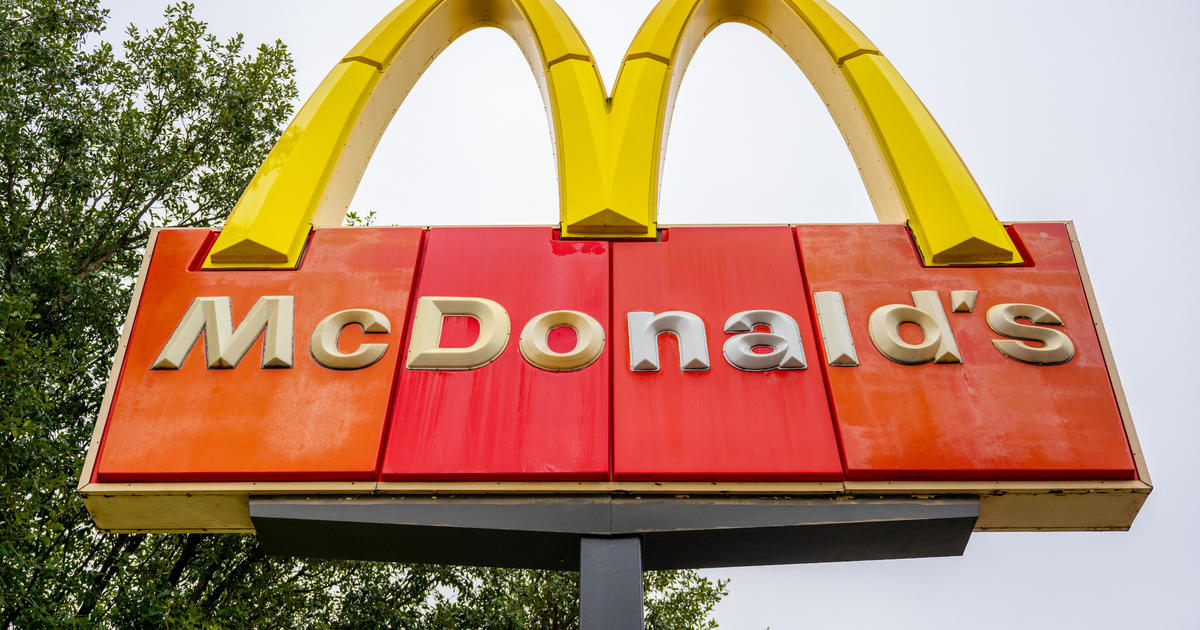Starting Monday, most California fast-food workers will earn at least $20 an hour — the highest minimum wage across the U.S. restaurant industry. Yet the pay hike is sparking furious debate, with some restaurant owners warning of job losses and higher prices for customers, while labor advocates tout the benefits of higher wages.
The new law, signed by Governor Gavin Newsom last fall, takes effect on April 1, requiring that fast-food chains with at least 60 locations nationwide pay workers at least $20 an hour. The means the state’s 553,000 fast-food workers will earn more than the state’s $16 minimum wage for all other industries.
The new baseline wage comes as the fast-food industry is seeing booming earnings, with big chains like McDonald’s enjoying strong revenue growth and wider profit margins in recent years. That’s partly due to menu prices that have far outpaced inflation, with fast-food costs surging 47% over the past decade, compared with an average of 29% for all other prices, according to a new analysis from the Roosevelt Institute, a nonpartisan think tank.



I think that Doctorow was referring not to just something undesirable happening at a company with that, but specifically the transition of a consumer-facing Internet company from the growth phase to the monetization phase.
I don’t think that Togo’s was trying to rapidly grow while losing money and then shifted to try to make money, a la what he was talking about. I would guess that there are one of three things going on:
They (and other food places) have minimum-wage labor as a major chunk of their costs, and so they’re preparing for the imminent increase by cutting how much labor they need and automating what they can. My guess is that this is probably the dominant factor, given the change that California is about to see.
There’s been a lot of inflation. My understanding is that wages tend to be more sticky than inflation – this guy who started chatting with me at the counter in my above comment said that he only saw a 5% raise last time around, whereas last year saw something like 10% inflation – so I’m guessing that if inflation spikes, you tend to have a period where people are spending less, and it may be that prepared food is an easy thing to reduce spending on. That’d mean that they’d have a rough time in an inflationary environment. Although…hmm. If it’s an inexpensive restaurant, it might benefit, because one might see more people shift from more-expensive options to inexpensive options. Giffen goods aren’t exactly the same thing, but work on that sort of principle – an increase in cost can increase consumption because of substitution effect for a more-expensive alternative dominating.
Automation has just been getting cheaper/better, and has finally reached the point of working well enough that it can replace human workers at point-of-sale. I remember when supermarket automated checkouts were just a complete disaster, took way longer to slog through than a human checker. Now, while I’ll take a human checker if available, I don’t avoid automated checkouts like the plague any more.
Thanks for the recommendation. I’ll already grabbed my food this time, but give it a shot next time around.
EDIT: Nah, apparently it’s gone. I asked a worker, and they said that they did offer it at one point, but egg salad was discontinued. Ah, well. I guess it might relate to the very-elevated prices for eggs during the avian flu problems recently. Maybe if egg prices come back down…